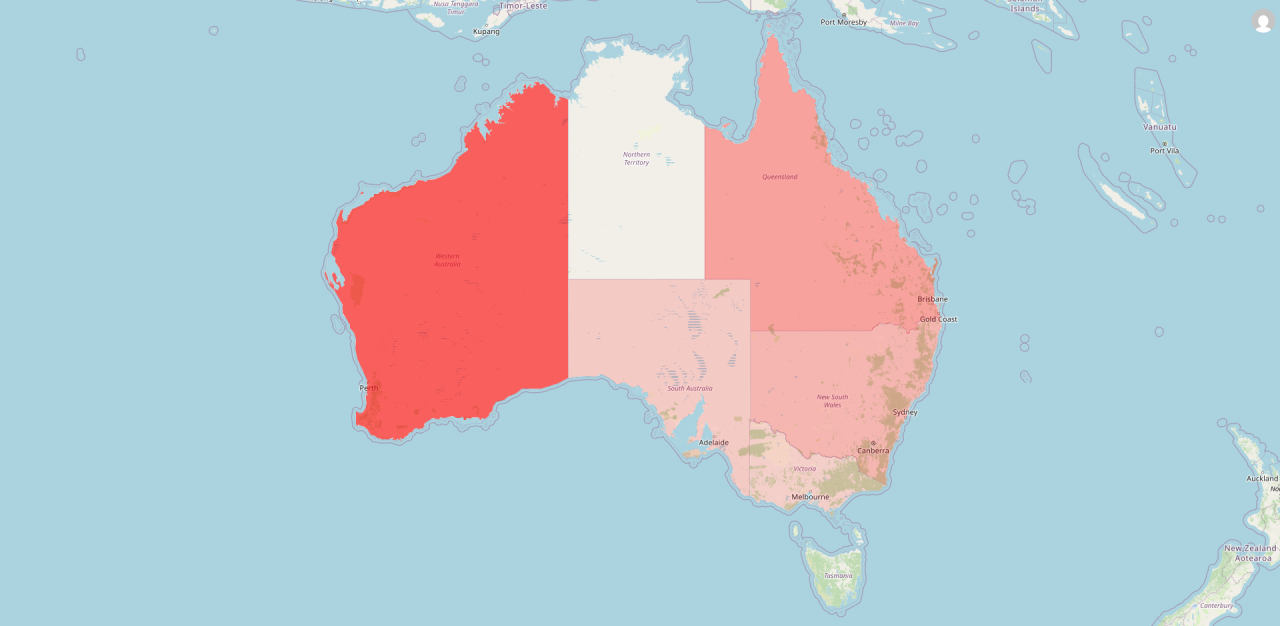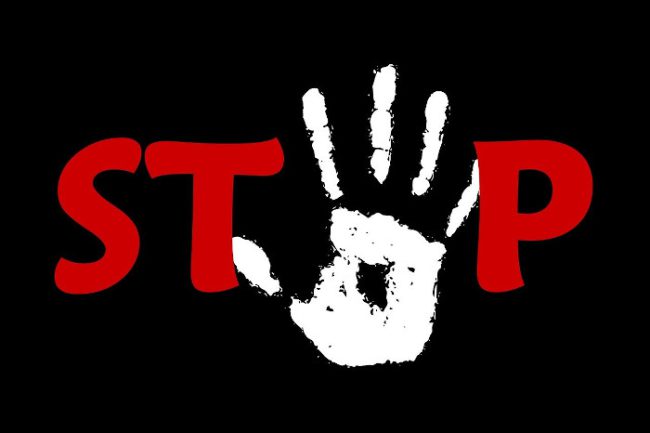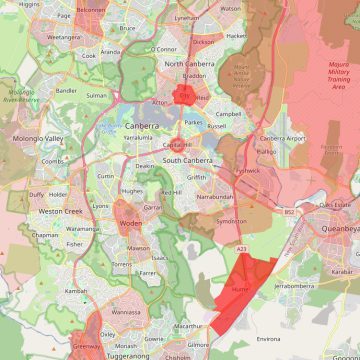
Unequal Distribution Of Violence
If you look at a crime map of Australia, you’ll see that some places have more violent crimes than others. For example, New South Wales (NSW) has the most cases of assault and similar crimes in the country.
But not all violent crimes are the same. According to the Australian Institute of Criminology most of them happen between people who already know each other and are typically part of domestic violence.
If you are experiencing domestic violence, please know that help is available. If you are in danger, call 000 right away.
When looking at crime numbers, it’s important to know that some violent crimes happen more than once to the same person. In Australia, 1 in 5 people have been hurt or abused by a partner, and in 2023, 58 women lost their lives because of domestic violence.
People living in regional and remote areas
People who live in the countryside or far from big cities are more likely to experience domestic violence.
In these areas, people tend to drink more alcohol and have easier access to guns, which can make partner violence more common.
They face the same causes of violence as people in cities, but some studies show they may have stricter beliefs about gender roles.
They might also be less likely to talk about family violence or ask for help.
It can be harder to get support in rural and remote areas because services are farther away. There may not be many safe places to go in an emergency, and some people struggle to find jobs or money if they rely on their partner.

What causes violence?
There are four main causes to violence.
1. Rigid gender stereotyping and dominant forms of masculinity
Gender stereotyping is when people believe that men and women should act in certain ways, like saying men are always strong and in charge, while women should be quiet and follow others.
This can lead to violence because people might be punished for not acting the way others expect. It also makes some think that men should have more power than women in relationships and in society.
For example a young boy might be punished by his father for playing with a doll instead of a car.
2. Peer relations and cultures of masculinity that emphasise aggression, dominance and control
Friendships between people can be a good source of support and comfort. But if these friendships encourage things like being aggressive, controlling others, or bragging about sex, they can lead to more violence.

3. Condoning of violence
When people accept or ignore violence against others, it happens more often. This can happen in different ways, like making excuses for it—saying things like “boys will be boys”—or blaming the victim by saying, “they shouldn’t have dressed like that.”
4. Men’s control of decision-making and limits to women’s independence in public and private life
Domestic violence happens more often to women and in relationships where men make all the decisions, think they ‘own’ their partners, or believe women must act a certain way. In society, when women have less freedom and power, it can make people think they are less important or don’t deserve respect, which can lead to more violence against them.
Encouraging Results
Most Australians understand that violence against others isn’t just physical harm. It can include many different actions meant to scare or control people and almost all Australians (98%) say they would step in if they saw a person being hurt by their partner.
The number of women killed by violent men has dropped by 66% over the past 30 years and harmful beliefs that lead to violence are also decreasing.
Taking Action
No one can deny that Australia has made progress, but there is still a lot of work to do. No single person or group can stop violence alone. Everyone needs to work together to fix the causes of violence in all parts of society.
There is more and more proof that different strategies can help prevent violence and stop it from happening again. Some of these include public awareness campaigns, teaching kids and families about respect, school programs, community support, rules about how violence is shown in the media, ways to reduce alcohol misuse, and strong laws and punishments for violent behavior.

If you need help or want to learn more about domestic violence, check out these resources.
If you are in immediate danger please call 000.


![10 Most dangerous suburbs in Sydney [2023 data]](https://redsuburbs.com.au/wp-content/uploads/2025/01/Sydney_CBD_northeast_view_20230224_1-360x333.jpg)